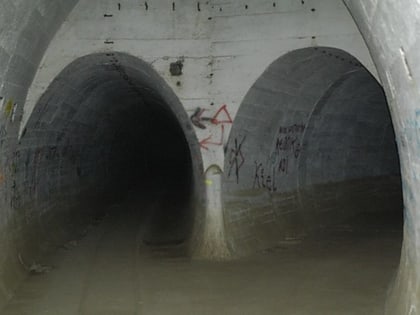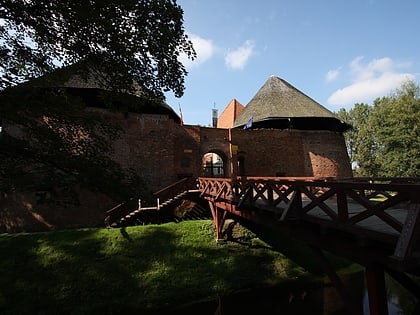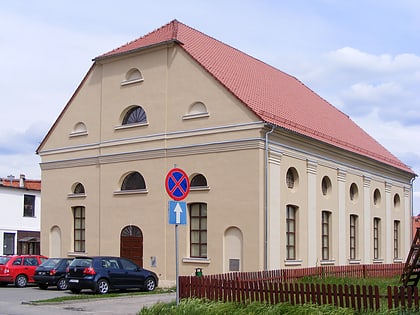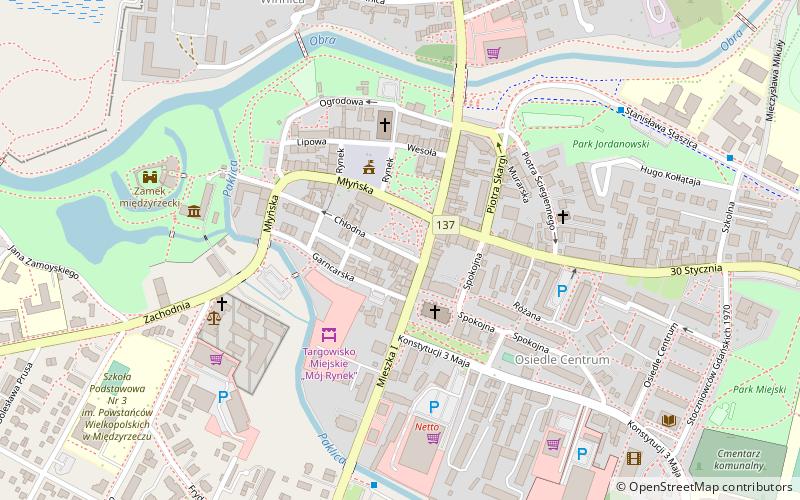Festungsfront Oder-Warthe-Bogen
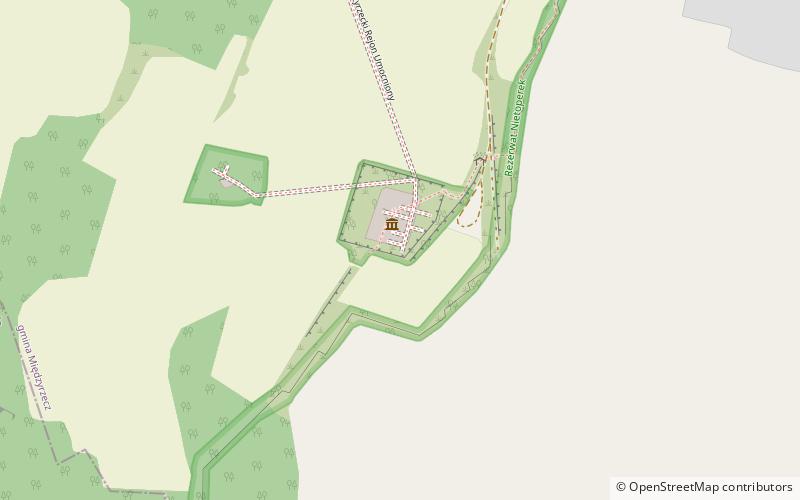

Facts and practical information
Nestled in the lush landscape of western Poland, the Festungsfront Oder-Warthe-Bogen, also known as the Międzyrzecz Fortification Region, beckons history enthusiasts and curious travelers alike to its expansive museum complex. This formidable line of defensive fortifications, originally built by Nazi Germany, spans from the Oder to the Warta rivers, serving as a stark reminder of the tumultuous past that once gripped Europe.
Constructed between 1934 and 1944, the Festungsfront Oder-Warthe-Bogen was designed as a bulwark against potential invasion from the East. Today, it stands as one of the most significant military historical sites in Poland, offering visitors a chance to step back in time and explore the intricate network of bunkers, tunnels, and fortresses that make up this monumental structure.
The museum at the site provides a comprehensive look into the engineering marvels and strategic importance of the fortifications. Guided tours take visitors through the underground labyrinths, shedding light on the living conditions of soldiers stationed here during World War II. The exhibits delve into the construction techniques used, the defensive capabilities of the fortresses, and their place in the broader context of the war.
One of the most captivating features of Festungsfront Oder-Warthe-Bogen is the bat sanctuary housed within its tunnels. The cool, dark environment has become a haven for several species of bats, adding an unexpected facet of natural history to the museum's offerings.
Festungsfront Oder-Warthe-Bogen – popular in the area (distance from the attraction)
Nearby attractions include: Międzyrzecz Castle, Synagoga w Międzyrzeczu, Kościół pw. świętego Jana Chrzciciela, Rezerwat Nietoperek.
